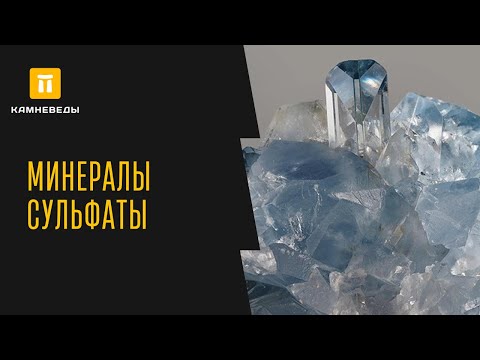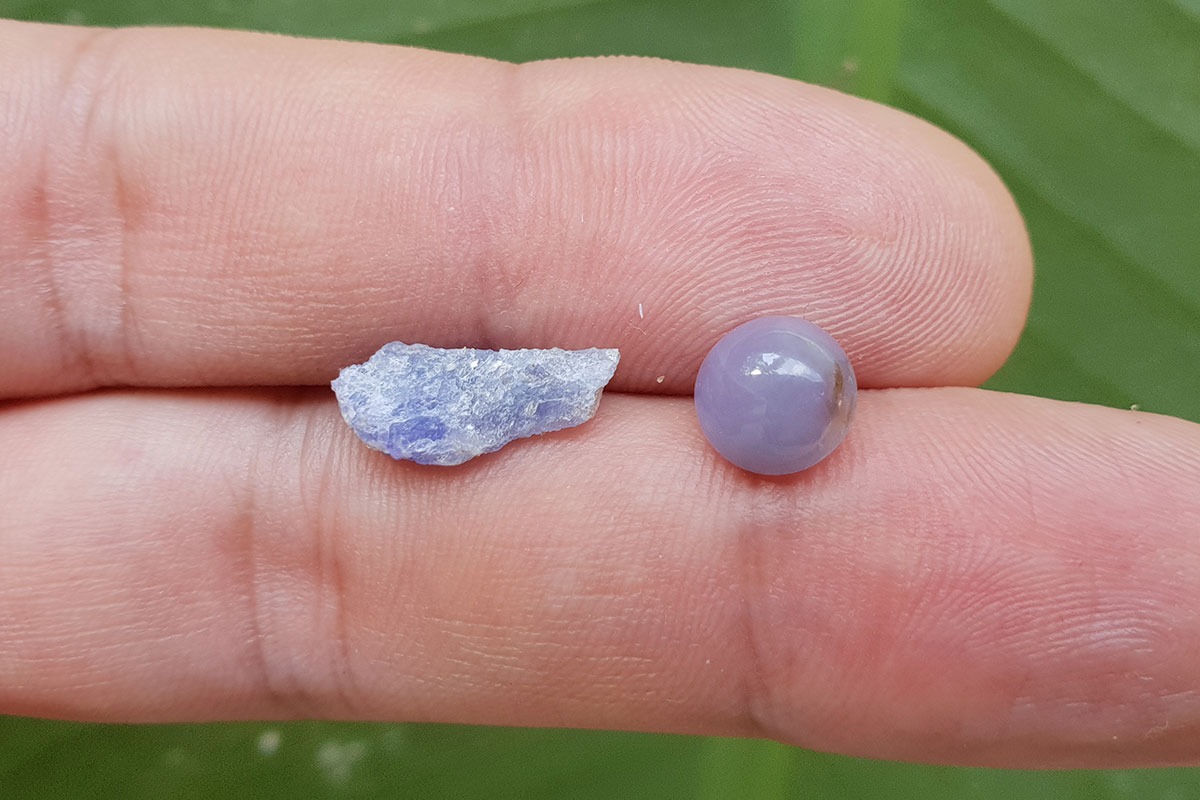
Gauin, gauinite or gauinite - tectosilicate mineral with sulfate - video

Gauine, gauinite or gauinite is a sulfate tectosilicate mineral with a Na3Ca(Si3Al3)O12(SO4) tip pattern.
Buy natural stones in our store
May be up to 5 wt. K2O, as well as H2O and Cl. It is a feldspar and a member of the sodalite group. The stone was first described in 1807 based on specimens found in Vesuvian lava at Monte Somma, Italy, and was named in 1807 by Brunn-Neerhard after the French crystallographer René Just Gahuy (1743–1822). Sometimes used as a gem.
appearance
It crystallizes in the isometric system, forming rare dodecahedral or pseudooctahedral crystals up to 3 cm in diameter; also occurs as rounded grains. Crystals are transparent to translucent, with a vitreous to oily luster. The color is usually light blue, but can also be white, gray, yellow, green, and pink. In thin section, the crystals are colorless or pale blue, and the streak is very pale blue to white.
properties
The stone is isotropic. True isotropic minerals do not have birefringence, but the stone is weakly birefringent in the presence of inclusions in it. The refractive index is 1.50. Although it is quite low, like ordinary window glass, it is the highest value for minerals from the sodalite group. It can exhibit reddish-orange to mauve fluorescence under long wavelength ultraviolet light.
The neckline is not ideal, and twins are contact, penetrating and polysynthetic. The fracture is irregular to shell-shaped, the mineral is brittle and has a hardness of 5 1/2 to 6, almost as hard as feldspar. All members of the sodalite group have a fairly low density, less than that of quartz; hauyne is the densest of all, but has a specific gravity of only 2.44–2.50.
If the stone is placed on a glass slide and treated with nitric acid HNO3, then the solution is allowed to slowly evaporate, monoclinic gypsum needles are formed. This distinguishes hauine from sodalite, which under the same conditions forms cubic crystals of chlorite. The mineral is not radioactive.
Sample from Mogok, Burma
Leave a Reply